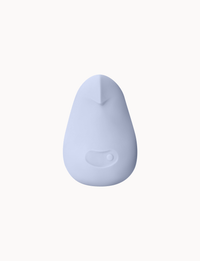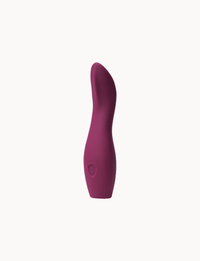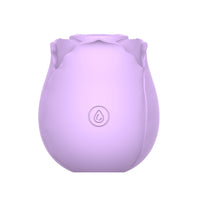In recent years, the availability of at-home STI (sexually transmitted infection) testing kits has revolutionized sexual healthcare. These kits provide a convenient and discreet means for people to monitor their sexual health without the need for a clinical visit.
Among the variety of options available, two common types are 1 site and 3 site STI test kits. While both serve the same purpose, understanding their differences can help you make informed decisions about which kit best suits your needs.
Why test different sites (body parts)?
The type of sexual activity you engage in matters when it comes to STI testing, as different types of sex can expose different sites (parts of the body) to potential infections. Here's how different types of sexual activities can influence STI risks and testing:
- Vaginal Sex: This can expose individuals to a variety of STIs, including HIV, chlamydia, gonorrhea, herpes, HPV (human papillomavirus), and syphilis. Testing typically involves samples from the genital area.
- Oral Sex: Engaging in oral sex can lead to STIs in the throat or mouth. Infections like gonorrhea, chlamydia, herpes, and HPV can be transmitted through oral sex. Testing may involve a throat swab.
- Anal Sex: This type of sex can lead to STIs in the rectal area. Gonorrhea, chlamydia, HIV, and others can be transmitted through anal sex. Testing for infections in this area often involves a rectal swab.
- Non-Penetrative Sexual Activities: Activities like mutual masturbation or skin-to-skin contact can also spread some STIs, such as herpes or HPV.
- Sharing Sex Toys: This can also pose a risk for transmitting STIs, especially if the toys are not cleaned between uses or used with multiple partners.
Because different STIs can infect different parts of the body, it's important to consider what types of sexual activities you are engaging in when deciding which kind of test kit is right for you. For example, if you're engaging in oral or anal sex, you might consider throat or rectal swabs in addition to the standard genital tests to ensure comprehensive screening.
1 Site STI Test Kits
1 site STI test kits, as the name suggests, focus on testing samples from one specific site of the body. Typically, this site is either urine or a swab from the genital area. These kits are often preferred for their simplicity and ease of use, as they require only one sample collection.
Advantages of 1 site STI test kits
- Convenience: With only one site to test, the process is straightforward and can be completed quickly.
- Cost-Effectiveness: These kits tend to be more affordable since they test for a limited number of infections.
- Discreetness: Individuals may find it less invasive to collect samples from only one site, enhancing privacy and discretion.
Limitations of 1 site STI test kits
- Incomplete Coverage: Testing only one site means that infections present in other areas may go undetected.
- Limited Comprehensive Insight: While suitable for routine screening, 1 site kits may not provide a comprehensive view of one's STI status.
- Potential Missed Infections: Certain STIs, such as throat or rectal infections, may not be detected with 1 site testing.
3 Site STI Test Kits
On the other hand, 3 site STI test kits offer a more comprehensive approach by testing samples from three different sites: urine, oral, and genital. This broader scope allows for a more thorough assessment of one's STI status.
Advantages of 3 site STI test kits
- Comprehensive Screening: By testing multiple sites, these kits provide a more thorough evaluation of potential infections.
- Increased Detection: Infections present in different areas of the body are less likely to be missed, improving overall accuracy.
- Peace of Mind: Individuals opting for 3 site testing may feel more reassured knowing that they have undergone a more extensive screening process.
3 site STI test kits considerations
- Higher Cost: The added complexity and broader testing scope often result in higher costs compared to 1 site kits.
- More Involved Process: Collecting samples from multiple sites may be more time-consuming and require additional steps.
- Potential Discomfort: Some individuals may find the process of collecting samples from multiple sites uncomfortable or invasive.
Choosing which kit is right for you
When deciding between 1 site and 3 site STI test kits, it's important to consider individual preferences, risk factors, types of sex you have, and budget constraints. Ultimately, the most important aspect of STI testing is regularity. Regardless of the kit chosen, consistent screening is key to maintaining sexual health and preventing the spread of infections.
Whether opting for a 1 site or 3 site test kit, the convenience and privacy of at-home testing empower individuals to take control of their sexual health proactively.




















































